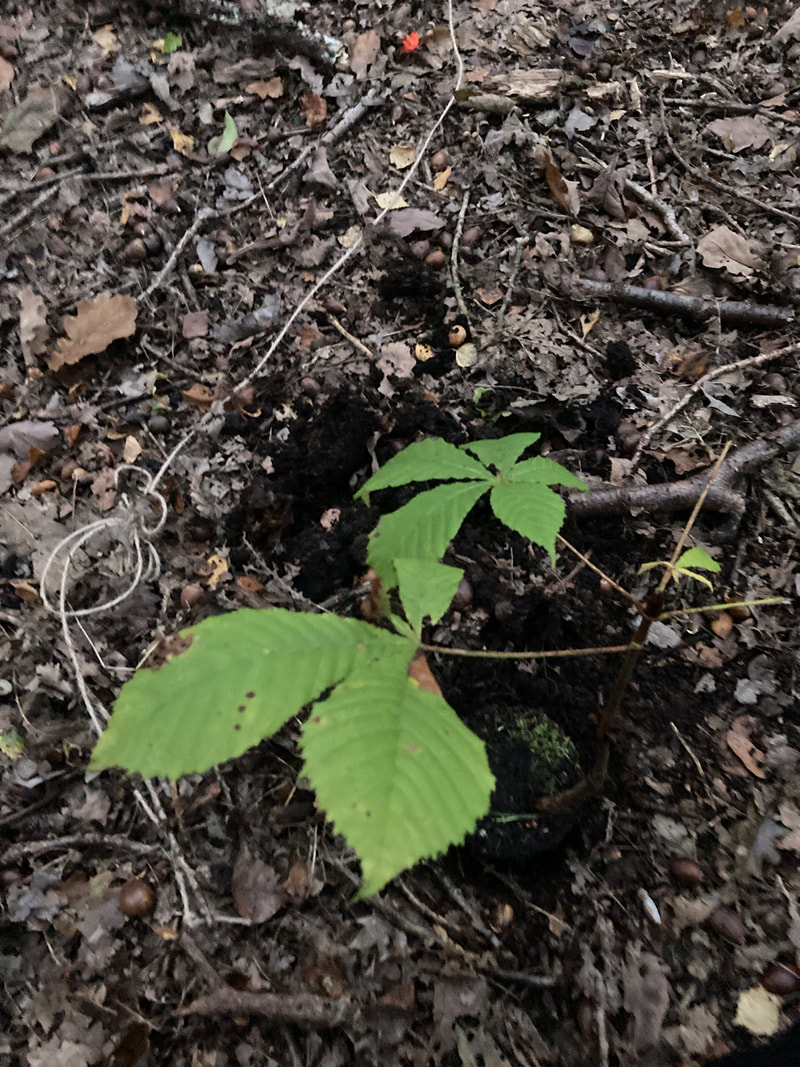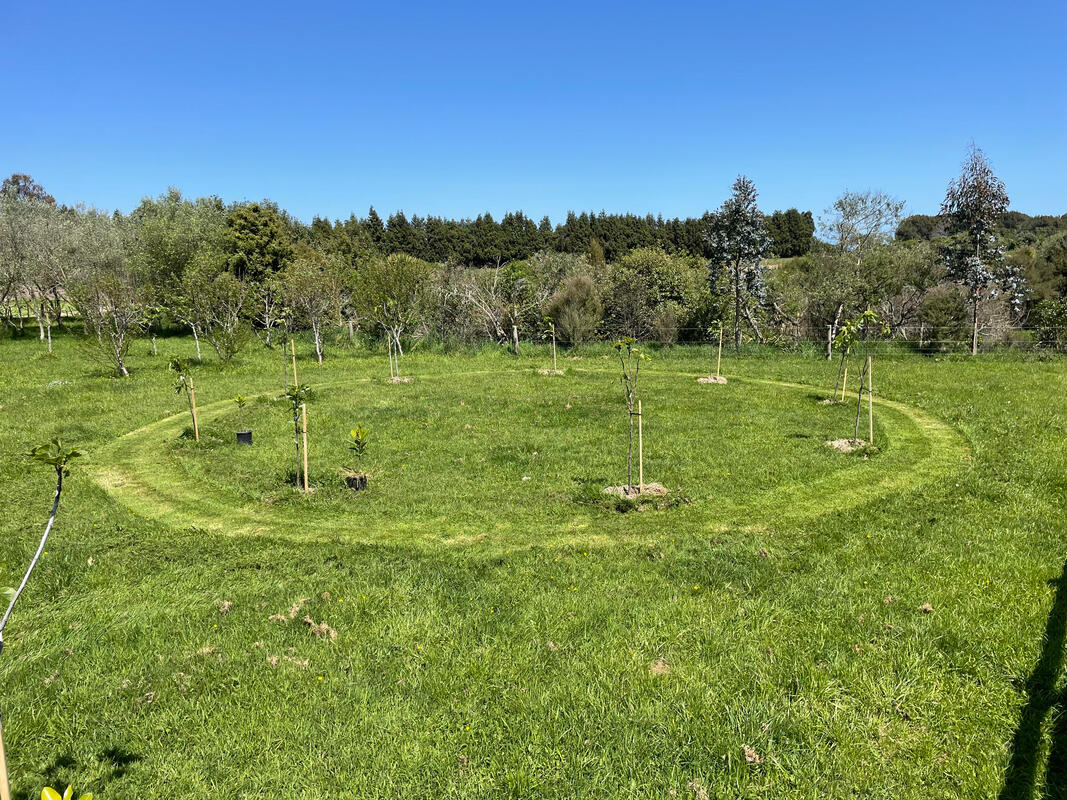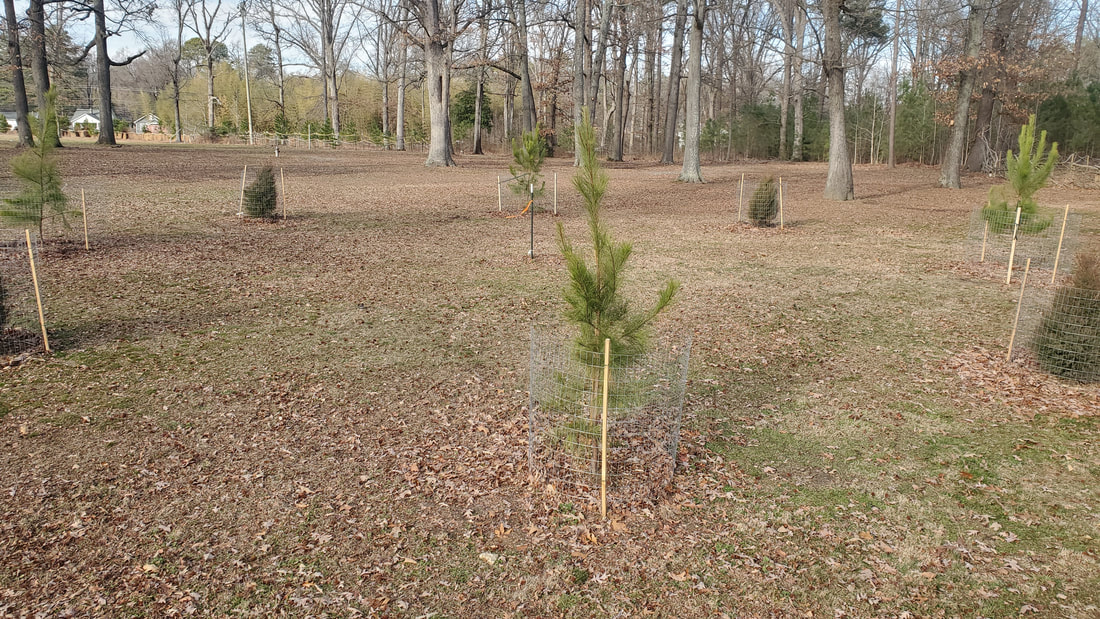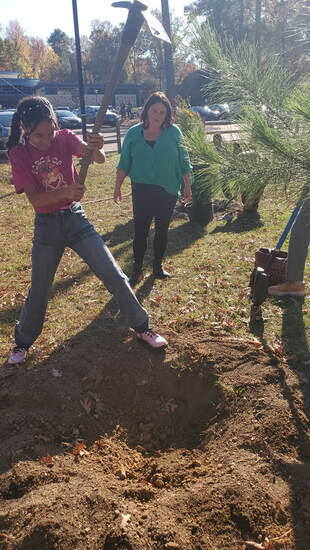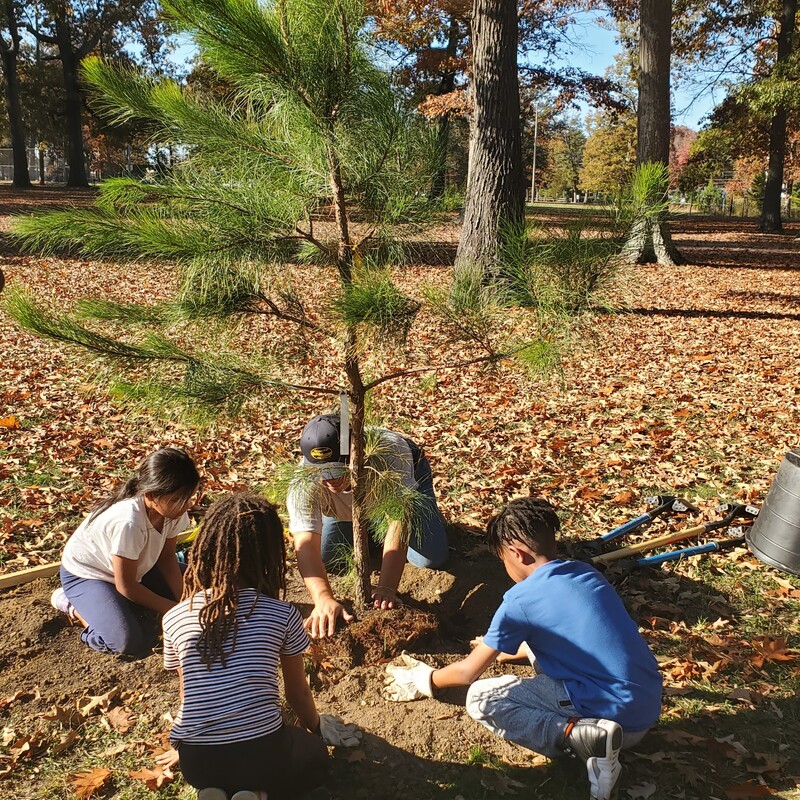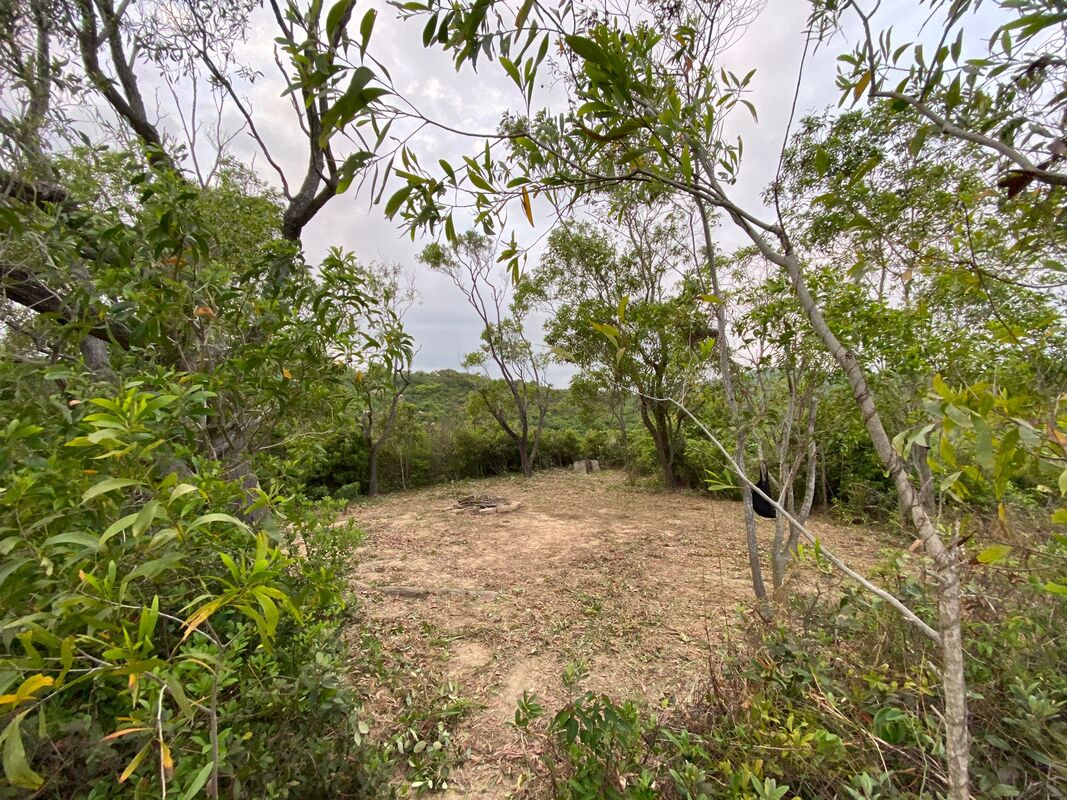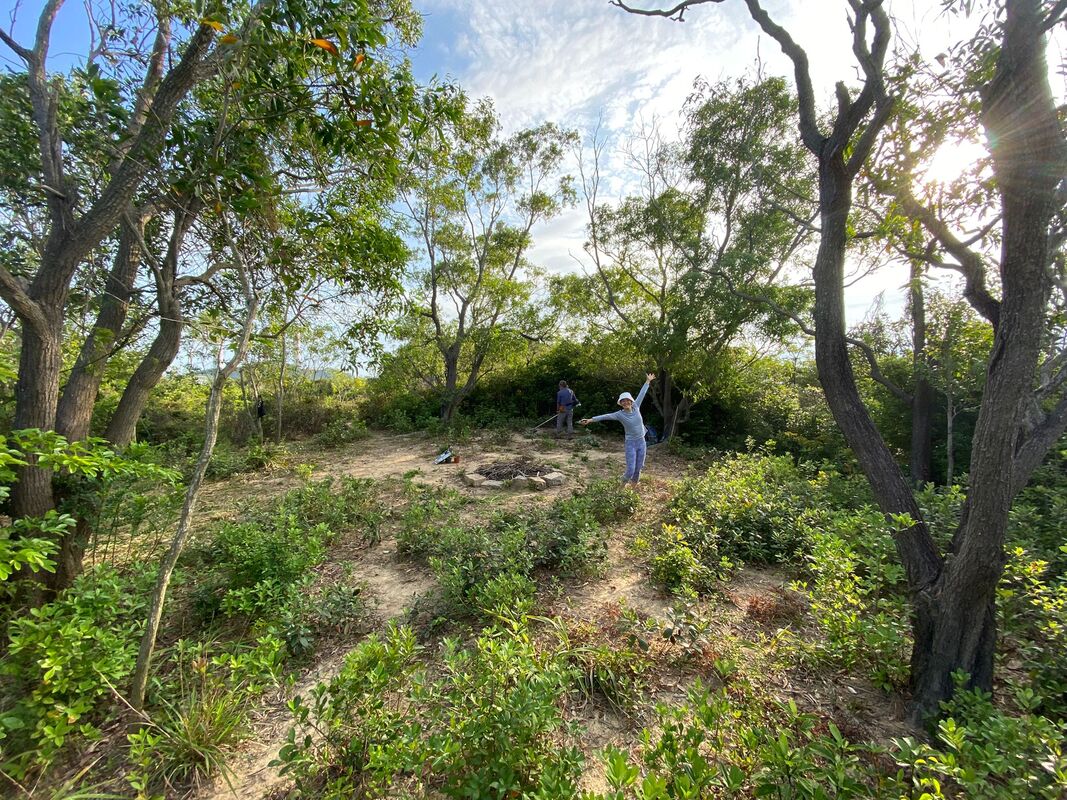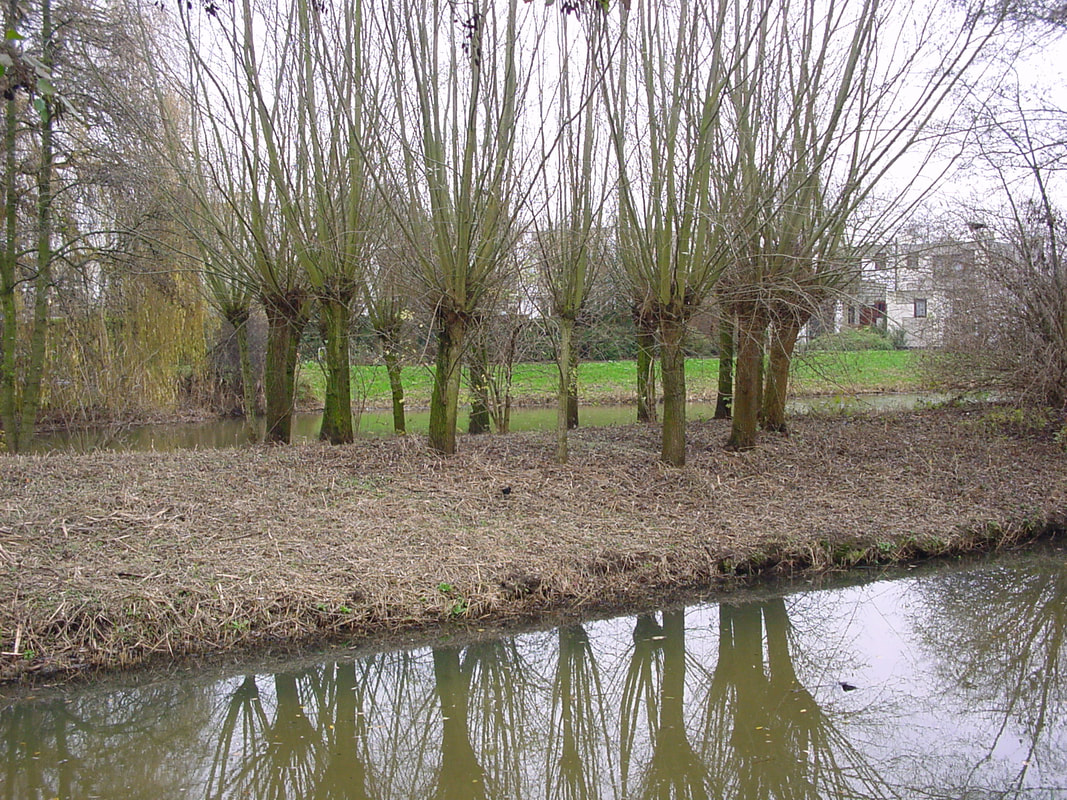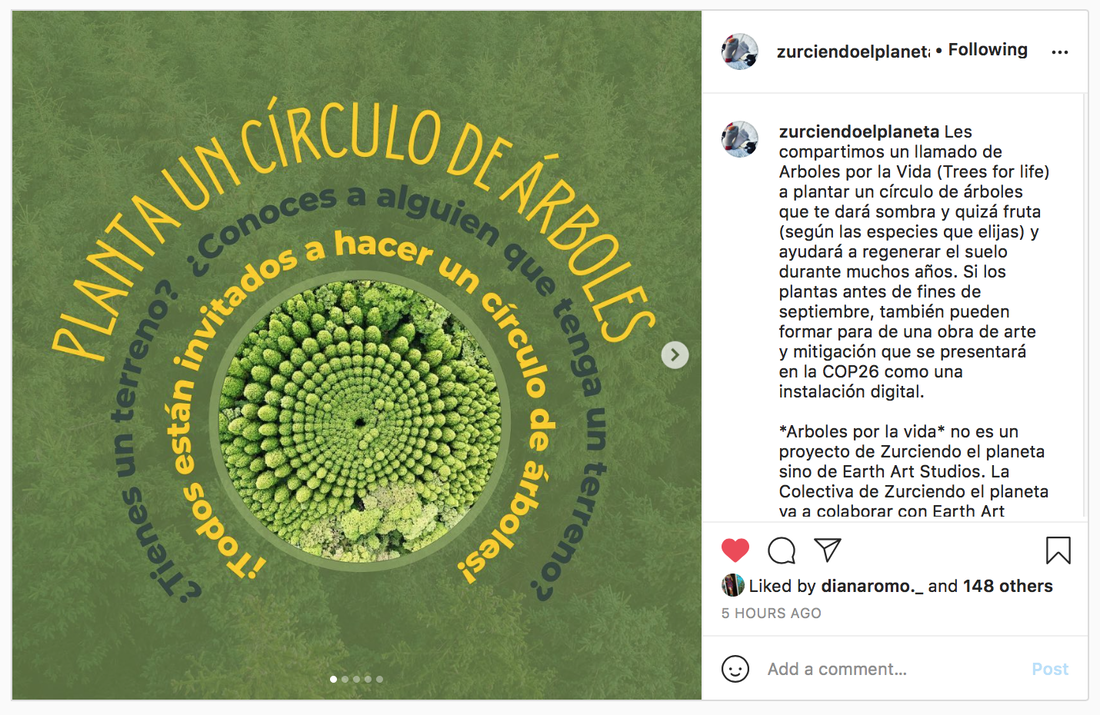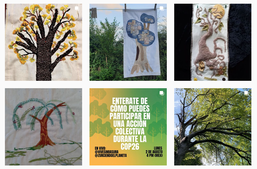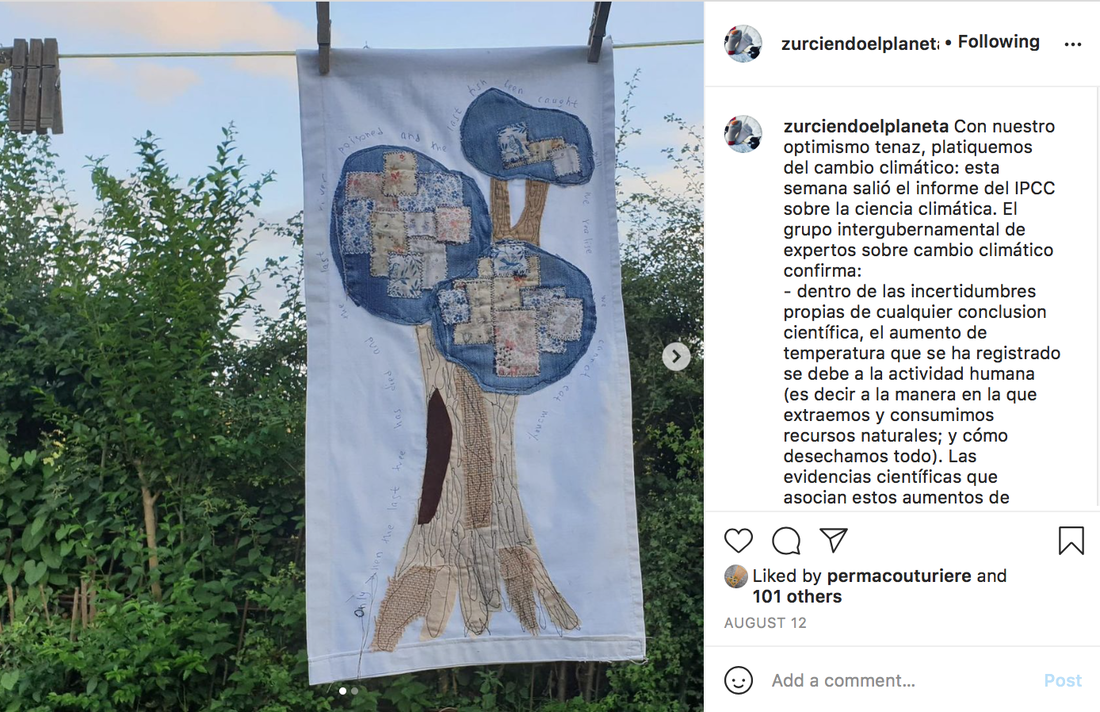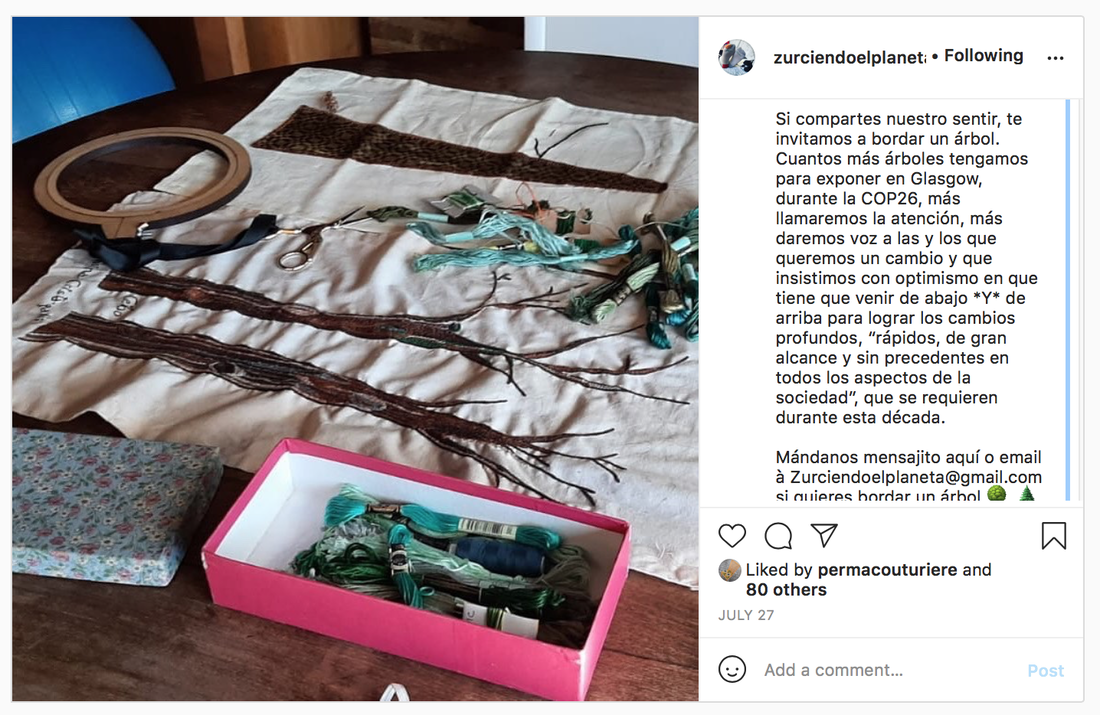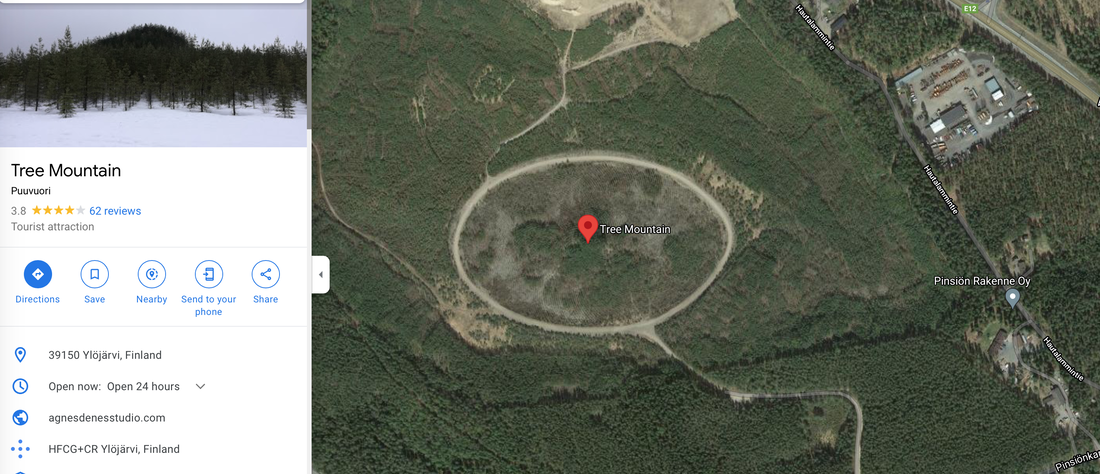TREE CIRCLE CONTRIBUTORS & PARTNERS
Community groups and individuals are drivers in creating biodiversity!
WE ARE HAPPY TO CELEBRATE BOTH NEW AND ESTABLISHED TREE CIRCLE ARTWORKS
WE ARE HAPPY TO CELEBRATE BOTH NEW AND ESTABLISHED TREE CIRCLE ARTWORKS
NATURE GRAFFITI
SUNDERLAND, UK
SUNDERLAND, UK
Conker (chestnut) sapling forming part of a Nature Graffiti Tree Circle, Sunderland, UK (October 2022)
Local Sunderland resident (North East England), Steven, came across a set of conker (chestnut) samplings in an arrangement resembling a tree circle. He has documented one of the samplings pictured here and forwarded a video of this small emergent chestnut tree circle grove for the public to see at https://youtube.com/shorts/fBbwFoZHKdc
Steven has called his found form 'nature graffiti' He hopes to inspire others to observe more closely the living landscape and to find other 'nature graffiti' forms.
Local Sunderland resident (North East England), Steven, came across a set of conker (chestnut) samplings in an arrangement resembling a tree circle. He has documented one of the samplings pictured here and forwarded a video of this small emergent chestnut tree circle grove for the public to see at https://youtube.com/shorts/fBbwFoZHKdc
Steven has called his found form 'nature graffiti' He hopes to inspire others to observe more closely the living landscape and to find other 'nature graffiti' forms.
NEW ZEALAND
Fig Tree Circle, Kuku, Horowhenua, Aotearoa New Zealand (2022)
Professor Huhana Smith is a contemporary Maori artist, academic and Head of School of Art, Whiti o Rehua School of Art, College of Creative Arts at Massey University in Wellington, New Zealand - she forwarded the following image below for inclusion on our project website. This Tree Circle will become an orchard or food forest over time.
Of note figs were one of the first crops cultivated by humans and have long been valued for their nutrition, flavour and versatility. Figs are not cultivated widely in New Zealand, as they are both fragile and have a short shelf life as a fresh fruit. For many growing a fig tree in New Zealand is the best way to have access to an annual, or biannual, supply of fruit, to be enjoy freshed or preserved.
Professor Huhana Smith states as part of her university work and art making processes that she’s interested in further contextualizing and conceptualizing Indigenous perspectives that support Nature
We are extremely honored Professor Smith has been able to create a specific Tree Circle in response to our global call. Thank you!
Further resources
Professor Smith's arts and university profile
https://en.wikipedia.org/wiki/Huhana_Smith
https://creativetime.org/summit/author/huhana-smith/
https://www.massey.ac.nz/student-life/māori-at-massey/ko-wai-mātou/professor-huhana-smith/#english
How to grow figs successfully in New Zealand - varieties, climate and propogation challenges
www.stuff.co.nz/life-style/home-property/nz-gardener/90734958/how-to-grow-figs
Professor Huhana Smith is a contemporary Maori artist, academic and Head of School of Art, Whiti o Rehua School of Art, College of Creative Arts at Massey University in Wellington, New Zealand - she forwarded the following image below for inclusion on our project website. This Tree Circle will become an orchard or food forest over time.
Of note figs were one of the first crops cultivated by humans and have long been valued for their nutrition, flavour and versatility. Figs are not cultivated widely in New Zealand, as they are both fragile and have a short shelf life as a fresh fruit. For many growing a fig tree in New Zealand is the best way to have access to an annual, or biannual, supply of fruit, to be enjoy freshed or preserved.
Professor Huhana Smith states as part of her university work and art making processes that she’s interested in further contextualizing and conceptualizing Indigenous perspectives that support Nature
- "It’s really taught me how to run my life and my work. It’s about whakawhanaungatanga [building relationships] and working collectively – but just as importantly, acknowledging and using the pukengatanga [knowledge] of whenua, that deep understanding of place. There’s so much knowledge that just radiates out of the ground – and what I do is work out how to bring it all together and direct it into getting action done.”
We are extremely honored Professor Smith has been able to create a specific Tree Circle in response to our global call. Thank you!
Further resources
Professor Smith's arts and university profile
https://en.wikipedia.org/wiki/Huhana_Smith
https://creativetime.org/summit/author/huhana-smith/
https://www.massey.ac.nz/student-life/māori-at-massey/ko-wai-mātou/professor-huhana-smith/#english
How to grow figs successfully in New Zealand - varieties, climate and propogation challenges
www.stuff.co.nz/life-style/home-property/nz-gardener/90734958/how-to-grow-figs
UNITED STATES OF AMERICA : Richmond, Virginia
HONG KONG
In dialogue with the director, Adeline Chan, and the founder of the Lamma Island forest project, Bobsy, we continue to be inspired by the power of communities across the globe working together in the belief that biodiversity can return when trees are planted. This idea of trees and communities seeded the efforts to establish the Lamma Forest in the North Lamma Island in Hong Kong
Of note Bobsy as the forest's founder, rallied people to volunteer and plant 2000 trees and then more annually since 1997. As part of their work to consolidate and mitigate erosion on the Island a Tree Circle was planted in August 1998. The trees were planted as a living art sculpture and since have grown over the decades to become a mature stand of trees and a gathering space. This planting illustrates how beautiful a natural form can become when given time to flourish in the landscape.
Lamma Island's Tree Circle offers a glimpse of what newly planted Tree Circles can become in the future. We thank, Bobsy, and the work of the ABLE charity to continue to foster this space and encourage people to become proactive forest custodians for now and across the next generations.
Learn more about Lamma Island
www.ablecharity.org/story
In dialogue with the director, Adeline Chan, and the founder of the Lamma Island forest project, Bobsy, we continue to be inspired by the power of communities across the globe working together in the belief that biodiversity can return when trees are planted. This idea of trees and communities seeded the efforts to establish the Lamma Forest in the North Lamma Island in Hong Kong
Of note Bobsy as the forest's founder, rallied people to volunteer and plant 2000 trees and then more annually since 1997. As part of their work to consolidate and mitigate erosion on the Island a Tree Circle was planted in August 1998. The trees were planted as a living art sculpture and since have grown over the decades to become a mature stand of trees and a gathering space. This planting illustrates how beautiful a natural form can become when given time to flourish in the landscape.
Lamma Island's Tree Circle offers a glimpse of what newly planted Tree Circles can become in the future. We thank, Bobsy, and the work of the ABLE charity to continue to foster this space and encourage people to become proactive forest custodians for now and across the next generations.
Learn more about Lamma Island
www.ablecharity.org/story
Two views of Lamma Island Tree Circle planting captured in June 2022
NETHERLANDS
Dutch artist, Lucien den Arend, based in the Netherlands and Finland reached out to share information about his past living sculptural artworks. He planted his first Tree Circle form in 1971. This planting like many land artworks challenged where art could be found and how it could be experienced. Lucien has kindly offered to share three of his most important plantings with Earth-Art-Studio audiences as a way to inspire and showcase how Tree Circle forms can be found in different locations and are available to be seen and accessed by diverse audiences.
1971 - https://www.denarend.com/works/environmental/round/06.htm
1981 - https://www.denarend.com/works/environmental/homage_malevich/index.htm
1985 - https://www.denarend.com/cities/leeuwarden/index.htm
NETHERLANDS
Dutch artist, Lucien den Arend, based in the Netherlands and Finland reached out to share information about his past living sculptural artworks. He planted his first Tree Circle form in 1971. This planting like many land artworks challenged where art could be found and how it could be experienced. Lucien has kindly offered to share three of his most important plantings with Earth-Art-Studio audiences as a way to inspire and showcase how Tree Circle forms can be found in different locations and are available to be seen and accessed by diverse audiences.
1971 - https://www.denarend.com/works/environmental/round/06.htm
1981 - https://www.denarend.com/works/environmental/homage_malevich/index.htm
1985 - https://www.denarend.com/cities/leeuwarden/index.htm
Homage to Malveich, Tree Circle, Lucien den Arned (photo November 2022)
MEXICO
In 2021 we joined up with Collective Zurciendo el planeta (literally “Darning the planet”) - a Latin American arts collective that believes in mending the planet through incremental changes at home, which in turn can impact and change ourselves and our cities and our governments. Lucien den Arend
In recent years Zurciendo el planeta has sought to use arts projects to help illustrate the urgency of the climate crisis and to motivate needed change to assist in the protection of our environment. For COP26 the Zurciendo el planeta Collective created a large scale embroidered forest installation for the streets of Glasgow.
In recent years Zurciendo el planeta has sought to use arts projects to help illustrate the urgency of the climate crisis and to motivate needed change to assist in the protection of our environment. For COP26 the Zurciendo el planeta Collective created a large scale embroidered forest installation for the streets of Glasgow.
For the Trees for Life project - Zurciendo el planeta were able to
1) turn their textile forest installation in Glasgow into an interactive e-installation developed with the artist team of 'Trees for Life' for temporary exhibition in Dundee. This endeavour illustrated the importance of trees to our wider environmental health and well being.
2) offered the Dundee public an opportunity to participate in the development of a large scale textile embroidery artwork about tree species found in Latin America and that are often seeded elsewhere. This work was directly developed for the City of Dundee in conjunction with the 'Trees for Life' project team in order to help inform the public about the importance of both local and foreign flora used to increase forest density in our local environments.
3) encouraged others in their own network to plant a tree circle - see the call in Spanish on their webpage at https://zurciendoelplaneta.org/planta-un-circulo-de-arboles-con-nosotros/
1) turn their textile forest installation in Glasgow into an interactive e-installation developed with the artist team of 'Trees for Life' for temporary exhibition in Dundee. This endeavour illustrated the importance of trees to our wider environmental health and well being.
2) offered the Dundee public an opportunity to participate in the development of a large scale textile embroidery artwork about tree species found in Latin America and that are often seeded elsewhere. This work was directly developed for the City of Dundee in conjunction with the 'Trees for Life' project team in order to help inform the public about the importance of both local and foreign flora used to increase forest density in our local environments.
3) encouraged others in their own network to plant a tree circle - see the call in Spanish on their webpage at https://zurciendoelplaneta.org/planta-un-circulo-de-arboles-con-nosotros/
OTHER ONGOING CONTRIBUTORS & ACTIVITIES
4) a tree circle is being planted to help stabilize an embankment in an upcoming off grid community outside of Mexico City at Granja Beró
5) a proposed 'tree circle' is under consideration for a public plaza in Argentina
6) Kwantlen Polytechnic University (Canada) is unveiling a small scale agroforestry tree circle on its campus grounds
6) Finland's largest farming and forestry union, MTK, is considering the possibility of how to incorporate a large scale tree circle as part of its commercial operations and replanting Autumn schemes. This action is pending. Of note MTK has already been involved in the past in collaborating with ecological artists to create pioneering art for World Summits, including Agnes Dene's Tree Mountain (1996). For more information see below
4) a tree circle is being planted to help stabilize an embankment in an upcoming off grid community outside of Mexico City at Granja Beró
5) a proposed 'tree circle' is under consideration for a public plaza in Argentina
6) Kwantlen Polytechnic University (Canada) is unveiling a small scale agroforestry tree circle on its campus grounds
6) Finland's largest farming and forestry union, MTK, is considering the possibility of how to incorporate a large scale tree circle as part of its commercial operations and replanting Autumn schemes. This action is pending. Of note MTK has already been involved in the past in collaborating with ecological artists to create pioneering art for World Summits, including Agnes Dene's Tree Mountain (1996). For more information see below
PAST ECOLOGICAL TREE ARTWORKS
FINLAND
Tree Mountain
Tree Mountain
Finland's MTK union assisted in the development of Agnes Dene's Tree Mountain. This artist's project took 14 years from the original design concept in 1982, to its commissioning by the Finnish government at the Earth Summit in Rio de Janeiro in 1992 to its completion in 1996 in Finland.
From the artist's website:
The process of bioremediation restores the land from resource extraction use to one in harmony with nature, in this case, the creation of a virgin forest. The planting of trees holds the land from erosion, enhances oxygen production and provides home for wildlife. This takes time and it is one of the reasons why Tree Mountain must remain undisturbed for centuries. The certificate the planters received are numbered and reach 400 years into the future as it takes that long for the ecosystem to establish itself. It is an inheritable document that connects the eleven thousand planters and their descendents reaching into millions, connected by their trees. This family is the original green generation, the term that became so popular recently in people's terminology. This family from around the world are proud custodians of the trees that bear their names and grow through the centuries to a lush manmade virgin forest. Tree Mountain is a collaborative work, from its intricate landscaping and forestry to the funding and contractual agreements for its strange, unheard-of land-use of four centuries. The collaboration expands as eleven thousand people come together to plant the trees that bear their names and remain their property through succeeding generations. The trees can change ownership/people can leave their tree to their heirs, or transfer it by other means, even be buried under it, but Tree Mountain itself can never be owned or sold, nor can the trees be moved from the forest. The trees are made by nature, the mathematical positioning created by the human intellect to form a true alliance of man and nature.
From the artist's website:
The process of bioremediation restores the land from resource extraction use to one in harmony with nature, in this case, the creation of a virgin forest. The planting of trees holds the land from erosion, enhances oxygen production and provides home for wildlife. This takes time and it is one of the reasons why Tree Mountain must remain undisturbed for centuries. The certificate the planters received are numbered and reach 400 years into the future as it takes that long for the ecosystem to establish itself. It is an inheritable document that connects the eleven thousand planters and their descendents reaching into millions, connected by their trees. This family is the original green generation, the term that became so popular recently in people's terminology. This family from around the world are proud custodians of the trees that bear their names and grow through the centuries to a lush manmade virgin forest. Tree Mountain is a collaborative work, from its intricate landscaping and forestry to the funding and contractual agreements for its strange, unheard-of land-use of four centuries. The collaboration expands as eleven thousand people come together to plant the trees that bear their names and remain their property through succeeding generations. The trees can change ownership/people can leave their tree to their heirs, or transfer it by other means, even be buried under it, but Tree Mountain itself can never be owned or sold, nor can the trees be moved from the forest. The trees are made by nature, the mathematical positioning created by the human intellect to form a true alliance of man and nature.
